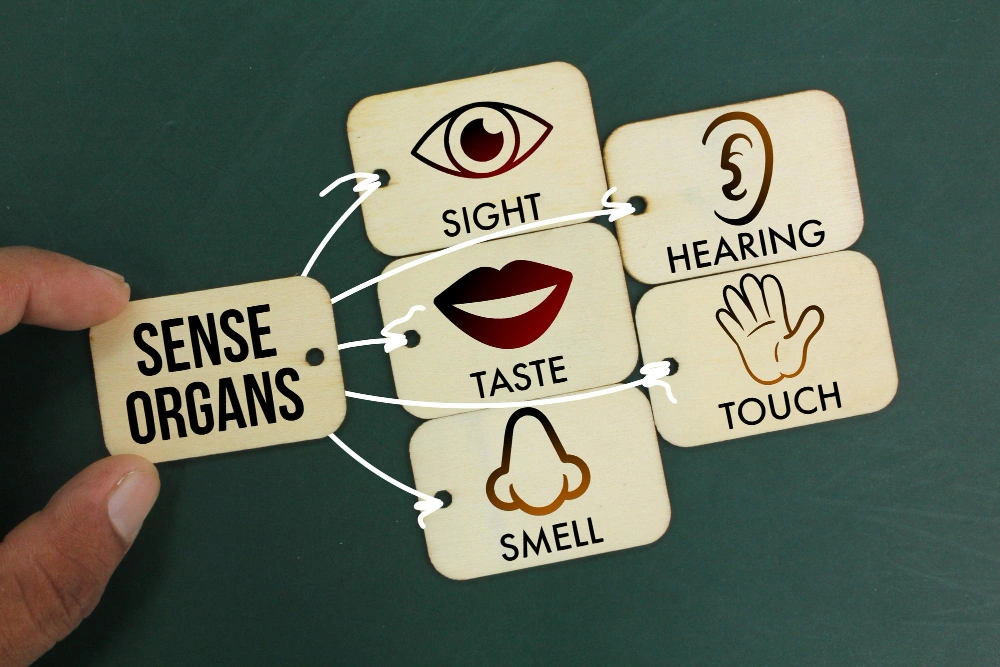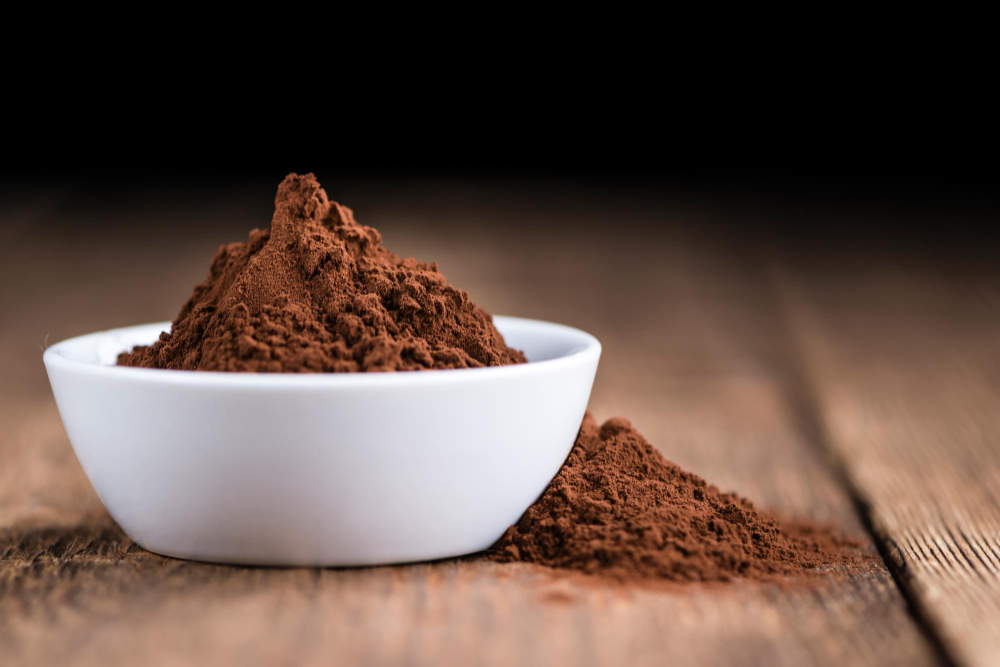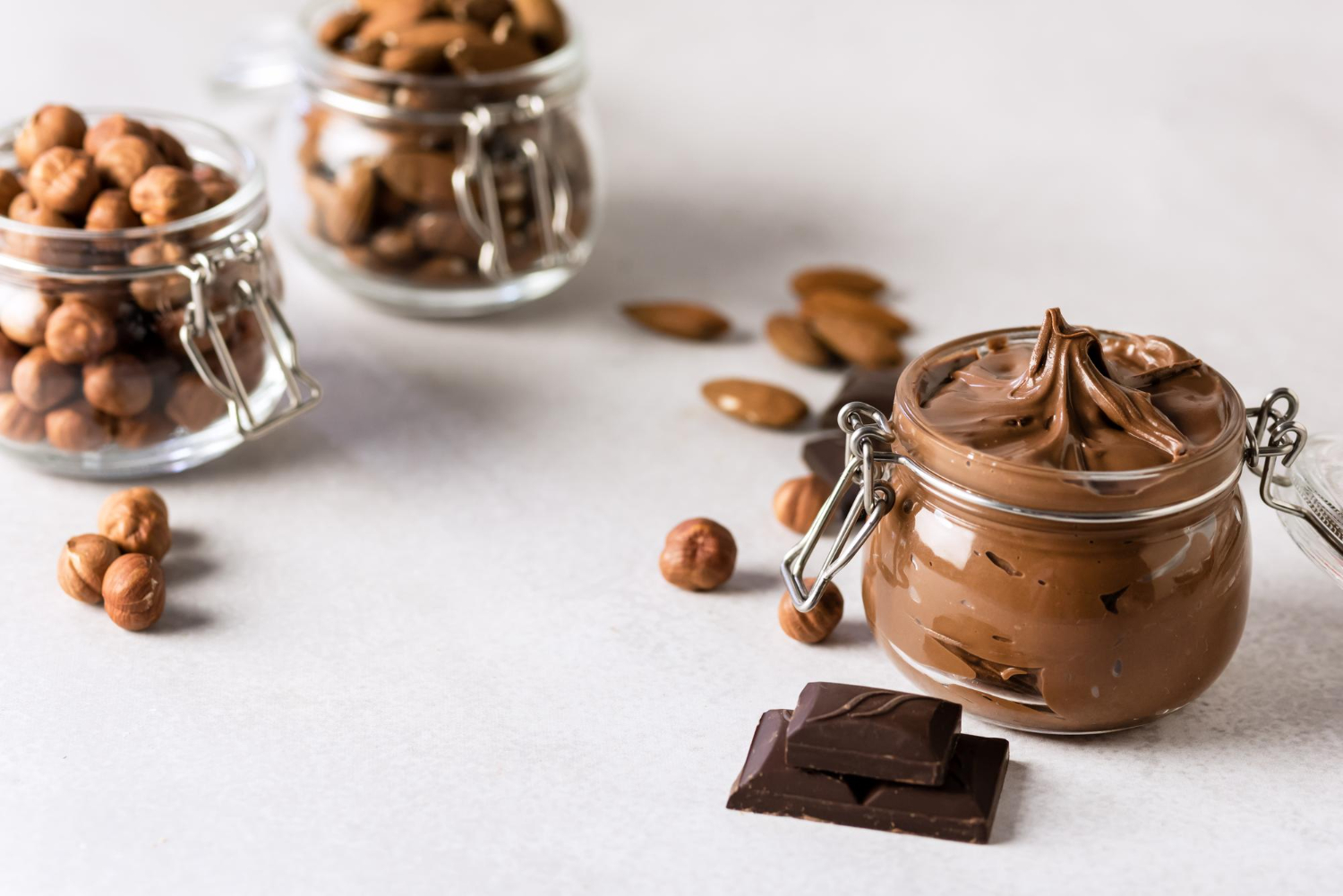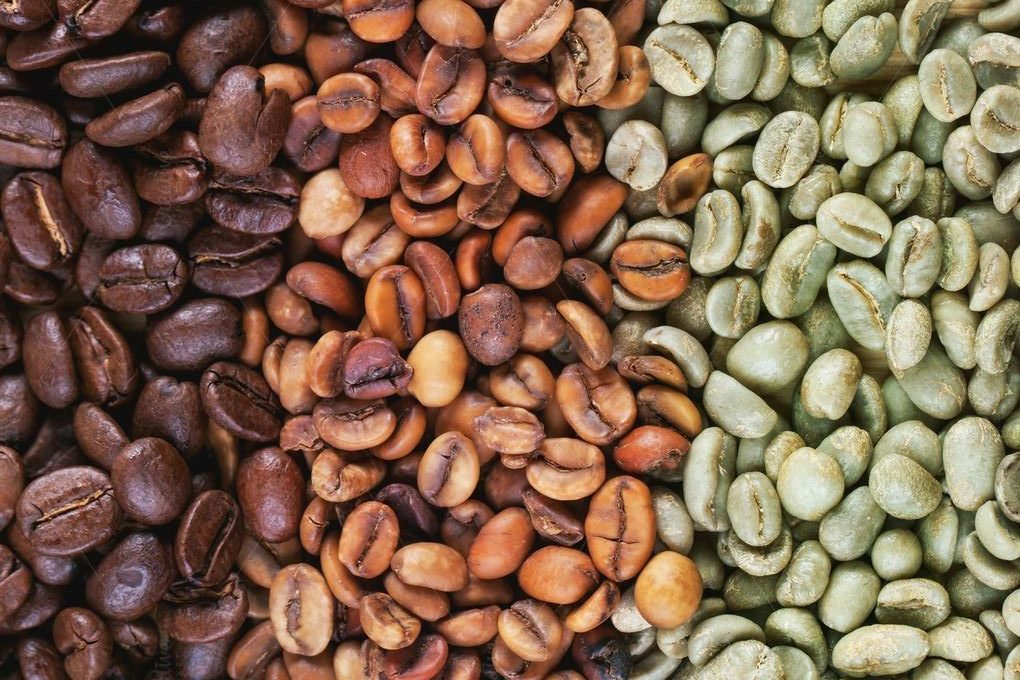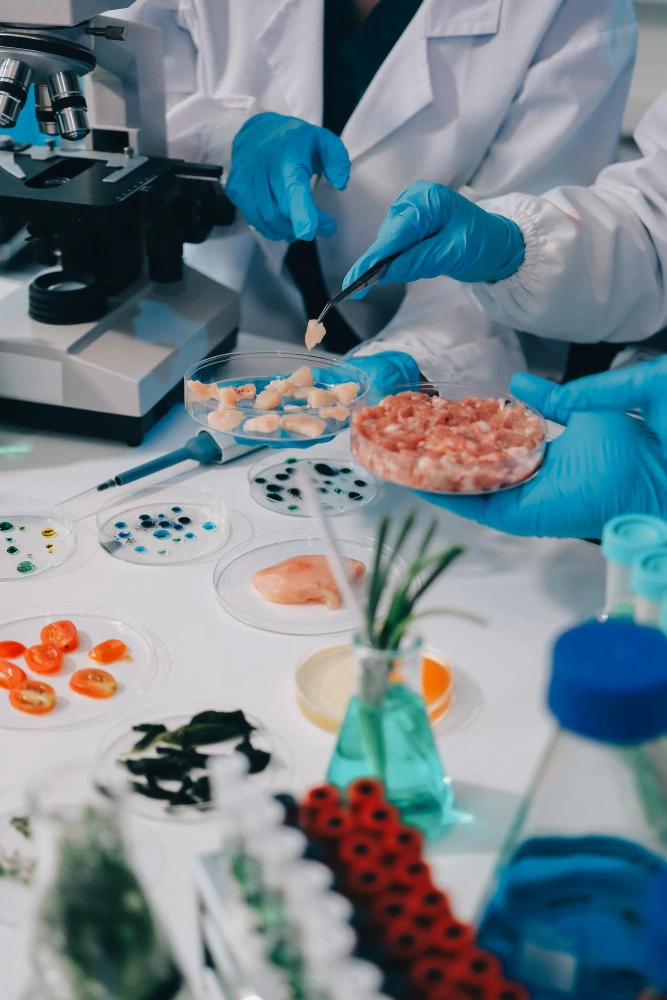
Scientific Definition of Food Sensory Evaluation
According to the Institute of Food Technologists (IFT), Food Sensory Evaluation is a scientific and systematic method used to measure and interpret human reactions to food characteristics perceived by the senses ( including sight, smell, taste, touch and hearing ). This discipline examines how people perceive and respond to food attributes such as color, flavor and texture, integrating both physiological and psychological aspects of sensory experience.
International standards such as ISO 13299 and ASTM E253 define two main categories of sensory evaluation: Objective and Affective (Consumer) testing.
Objective Tests :
Conducted using trained sensory panels to measure specific product attributes with precision and consistency.Affective (Consumer) Tests :
Focused on consumer responses and preferences to determine acceptance and market success potential.
Ultimately, Food Sensory Evaluation ensures quality consistency, product optimization and the development of formulations that align with consumer expectations and ingredient performance.

Cocoa Flavor Profile in Chocolate: From Bean Origin to Sensory Evaluation
Explore how aroma, taste, and texture come together through Food Sensory Evaluation to shape the perfect consumer experience.
- Related articles
Discrimination Tests
Purpose :
To determine whether a perceivable difference exists between two or more samples. These tests are used to ensure product uniformity, quality control, and detect formulation or process changes that affect perception.
Common Methods :
Triangle Test :
Panelists receive three samples (two identical and one different) and are asked to identify the odd one out.
Duo–Trio Test :
A reference sample is provided; panelists then identify which of two additional samples matches the reference.
Paired Comparison (A–Not A) :
Compares two samples based on a specific sensory attribute such as flavor, aroma or texture.
Applications :
Used in quality assurance, formulation adjustments and benchmarking against competitors in the food market.
Descriptive Tests
Purpose :
To identify and quantify sensory attributes of a product (such as flavor, aroma or appearance) using trained sensory panels.
These tests create a detailed sensory profile, helping link consumer perception with physicochemical properties.
Common Methods :
Quantitative Descriptive Analysis (QDA):
Measures sensory attributes on a structured scale.Spectrum Method :
Uses standardized reference materials for consistent evaluation across panels.Flash Profiling / Free-Choice Profiling :
A faster method where panelists freely list and rank attributes without prior training.
Applications :
Ideal for new product development, formula optimization and interpreting sensory–chemical relationships.
Affective (Hedonic / Consumer) Tests
Purpose :
To assess how much consumers like or prefer a product; focusing on emotional and preference-based responses.
These tests reflect real consumer acceptance and help guide marketing and product development strategies.
Common Methods :
-
Hedonic Scale Test :
Consumers rate liking on a scale (e.g., “dislike extremely” to “like extremely”). -
Preference Test :
Compares two or more products based on consumer liking. -
Acceptance Test:
Measures overall satisfaction and likelihood of purchase.
Applications :
Used in market positioning, brand benchmarking, and evaluating consumer perception before commercial launch.
Types of Sensory Evaluation Tests :
Understanding the different types of Food Sensory Evaluation tests is crucial, as each serves a distinct purpose — from detecting subtle product differences to identifying true consumer preferences.
According to ISO 13299 and scientific literature, sensory tests are generally categorized into three main groups :


Focused on measuring and describing sensory attributes such as taste, aroma, and texture, often using trained panels.
Assess consumer liking, preference, and emotional response to a product.
Together, these three approaches provide a comprehensive pathway; from recognizing differences to describing sensory attributes and ultimately predicting real consumer perceptions.
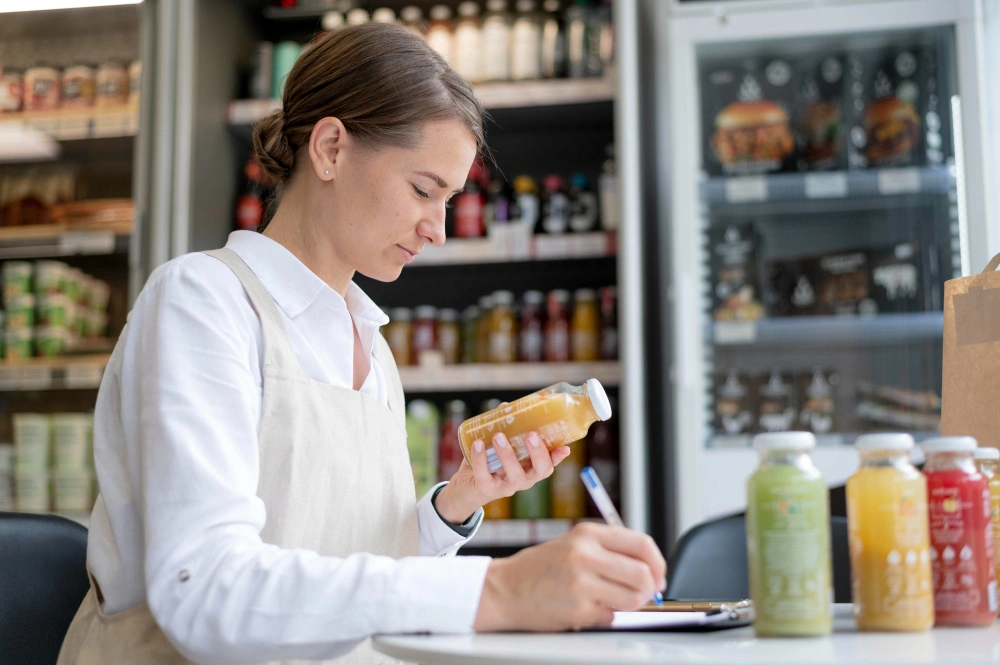

Just as seen in Food Sensory Evaluation, selecting the right cocoa powder is key to defining the sensory quality and stability of chocolate products. Read the full article below to learn more.
5 important factors for selection cocoa powder for dairy
- Related articles
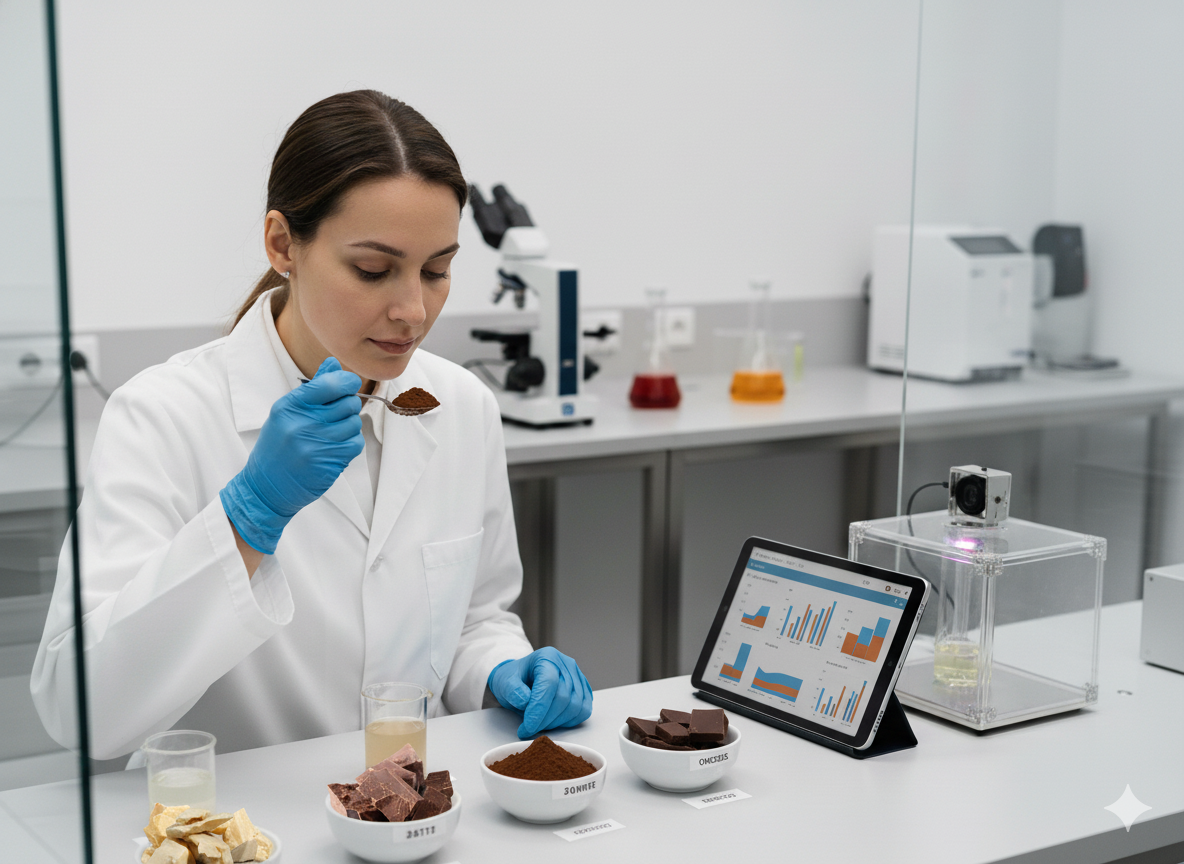
The Importance of Accuracy and Variable Control in Food Sensory Evaluation
Food Sensory Evaluation is one of the few scientific disciplines where the measuring instrument is the human being. Because of this, any change in a person’s physical, mental, or environmental condition can influence test outcomes.
Why Is Variable Control Critical in Sensory Evaluation ?
Sensory evaluation relies on accurate assessment of flavor, texture, aroma, and appearance. However, human factors such as fatigue, adaptation, and expectation bias can distort results if not managed properly.
According to ISO standards (ISO 8586 for panelist selection and ISO 8589 for test environment design), several key principles help ensure consistency and precision:
Panelist Conditions:
Tests should be conducted when panelists are well-rested, not hungry, and under consistent environmental conditions.Sample Presentation:
Samples must be coded, randomized, and served at controlled temperatures to minimize expectation bias.Testing Environment:
Lighting, noise, and distractions should be minimized to maintain focus and eliminate unintended variables.
Ultimately, strict control of sensory variables ensures data accuracy, reduces human error, and enhances the reproducibility of sensory results; the foundation of credible Food Sensory Evaluation research.
Outcome : More reliable sensory data and scientifically sound decision-making.

“Accuracy and reproducibility in sensory testing are not just technical requirements; they are essential for ensuring scientific validity, minimizing human bias and supporting confident product development decisions.”
How Can We Improve the Accuracy of Sensory Evaluation Tests ?
According to Kemp et al. (2009), increasing the accuracy of Food Sensory Evaluation requires controlling both human and environmental factors throughout the testing process. Key steps include:
Panelist Training:
Regular calibration of taste and odor perception helps improve sensory sensitivity and consistency.Environmental Control:
Conduct tests under neutral lighting (around 6500K) and odor-free conditions to eliminate bias.Test Design:
Include control samples and repeated measures to enhance reliability and confidence in results.Standardized Procedures:
Maintain consistent testing conditions to minimize error and ensure reproducibility.
AI-Powered Sensory Data Analysis
With the integration of artificial intelligence, sensory data is no longer just recorded; it is interpreted and predicted.
Machine learning algorithms uncover hidden relationships between chemical compounds and human perception.
For example, Curto et al. (2020) applied neural networks to predict sensory responses with high accuracy, reducing time and cost in product development.
AI-based clustering methods now group sensory attributes and consumer feedback to identify key flavor drivers and optimize formulations.
This fusion of AI and sensory science allows for faster, data-driven decisions; creating products that align more closely with consumer expectations
Electronic and Digital Tools
Recent years have introduced electronic sensory tools that replicate aspects of human perception with remarkable precision, enabling faster and more objective flavor analysis.
Electronic Nose (E-Nose ): Detects volatile compounds and identifies aroma patterns.
Electronic Tongue (E-Tongue ) : Analyzes taste profiles and chemical composition.
Virtual Taste Technology : Simulates flavor sensations through digital signals, creating immersive sensory experiences (Ranasignhe, 2024).
Together, these tools minimize subjective bias and provide consistent, quantifiable sensory data.
Emerging Technologies in Food Sensory Evaluation : From Human Judgment to Smart Sensors and AI
Food Sensory Evaluation began as a discipline rooted in human perception and judgment. Today, with advances in science and technology, it has evolved into a data-driven and reproducible process.
Modern research emphasizes precise control of test environments, data standardization and integration with AI; transforming sensory perception into measurable and repeatable data.
Digital Twin for Flavor Simulation and Perception
The Digital Twin concept is currently being developed by leading international companies such as Bühler and DSM. These virtual models simulate sensory perception and taste experiences, aiming to replicate flavor interactions within food matrices.
Although still under development, this technology holds great potential for industrial-scale sensory analysis and predictive modeling of taste perception.
Deep Learning and Multimodal Data Integration
A major step forward in Food Sensory Evaluation is the adoption of multimodal models that integrate visual, textual and chemical data. Using CNNs and NLP-based systems, these models analyze consumer emotions, visual responses, and flavor experiences in real time; providing a more holistic understanding of sensory perception.
This approach bridges the gap between traditional sensory principles and modern data-driven analysis, allowing for dynamic prediction and interpretation of human sensory behavior.

What Is the Difference Between Traditional and Modern Sensory Evaluation Methods ?
Traditional sensory methods rely on direct human observation and evaluation — such as Triangle Tests, QDA, and Acceptance Tests. While these approaches are scientifically grounded, they depend heavily on human perception and are often time-consuming and subjective.
In contrast, modern sensory evaluation combines AI, machine learning, and electronic sensing tools (like E-Nose and E-Tongue) to provide faster, more objective, and reproducible results.
These technologies can simulate sensory responses, predict consumer preferences, and even identify hidden relationships between chemical composition and perceived taste — leading to more accurate insights and efficient product development.
1. Integrating Sensory Data with Consumer Behavior
In modern Food Sensory Evaluation, the integration of descriptive (analytical) and affective (consumer) sensory data provides a holistic understanding of product perception.
Techniques such as External Preference Mapping (EPM) and Partial Least Squares Regression (PLSR) link sensory attributes to consumer demographics and behavior, helping marketers identify the key drivers of liking and optimize formulations based on sensory–market relationships.
2. Modeling Sensory Preferences for Product Development
Models like Spectrum™ and Quantitative Descriptive Analysis (QDA®) are used to visualize product flavor, texture, and aroma profiles.
By applying Principal Component Analysis (PCA) and Preference Mapping, researchers can identify how sensory attributes influence liking patterns.
These models reveal the sensory factors behind consumer satisfaction and minimize expectation bias, improving accuracy in sensory-driven product design.
3. Predicting Consumer Acceptance Through Sensory and Market Data
By merging sensory evaluation results with predictive modeling and multivariate analysis, companies can forecast consumer acceptance levels more accurately.
Techniques such as Conjoint Analysis and Cluster Analysis identify the optimal sensory pathways that drive purchase intent and preference; reducing product failure rates and supporting strategic decision-making.
4. Using Data Mining for Product Innovation
In advanced sensory research, data mining and machine learning uncover hidden relationships between sensory, market, and demographic data.
Methods like Decision Trees, Clustering and Segmentation Analysis help identify unique consumer segments and develop products that align with sensory preferences.
This Data-to-Insight approach streamlines innovation and enables faster, evidence-based product development.
Sensory Data Analysis and Predicting Consumer Preferences
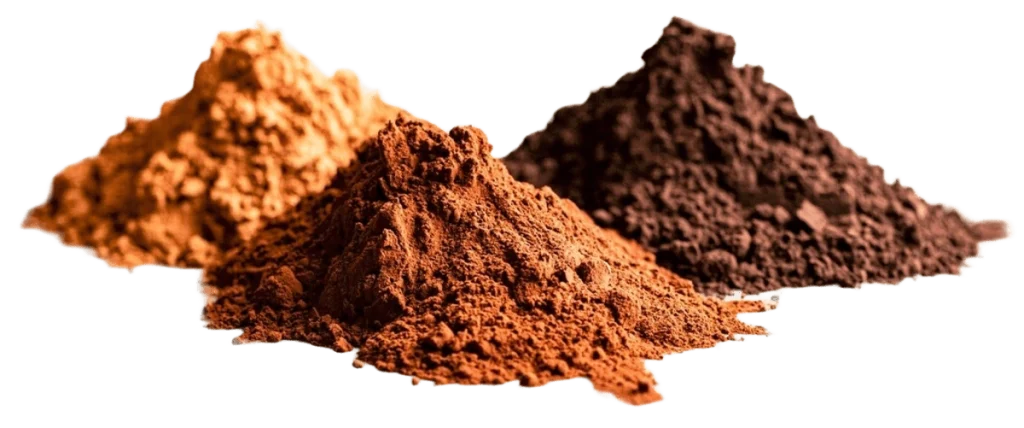
Sensory evaluation reveals how different emulsifiers influence the color, flavor, and stability of chocolate products. Read the article below to learn how emulsifiers shape the final quality of chocolate.
The effect of alkaline solvent type on color, flavor and stability of cocoa powder in cocoa milk formulation
- Related articles
Sensory Quality Control on the Production Line
In the confectionery and beverage industries, sensory tests such as QDA® and Difference-from-Control are integral parts of quality control systems.
Global brands like Coca-Cola, Nestlé, Mondelez and Danone apply sensory monitoring to detect subtle changes in flavor, aroma and texture before they affect consumer perception.
This QA/QC-driven approach ensures product consistency across global operations, enhancing long-term stability and sensory integrity.
Integration of Instrumental and Sensory Data
In modern manufacturing, instrumental measurements such as pH, viscosity and Brix are increasingly merged with sensory evaluation results to correlate physical parameters with sensory perception.
This integration allows for early detection of even the smallest process variations, ensuring consistent sensory quality before products reach consumers.
Ultimately, this data-driven sensory quality system reduces human variability while increasing process precision and product reliability.
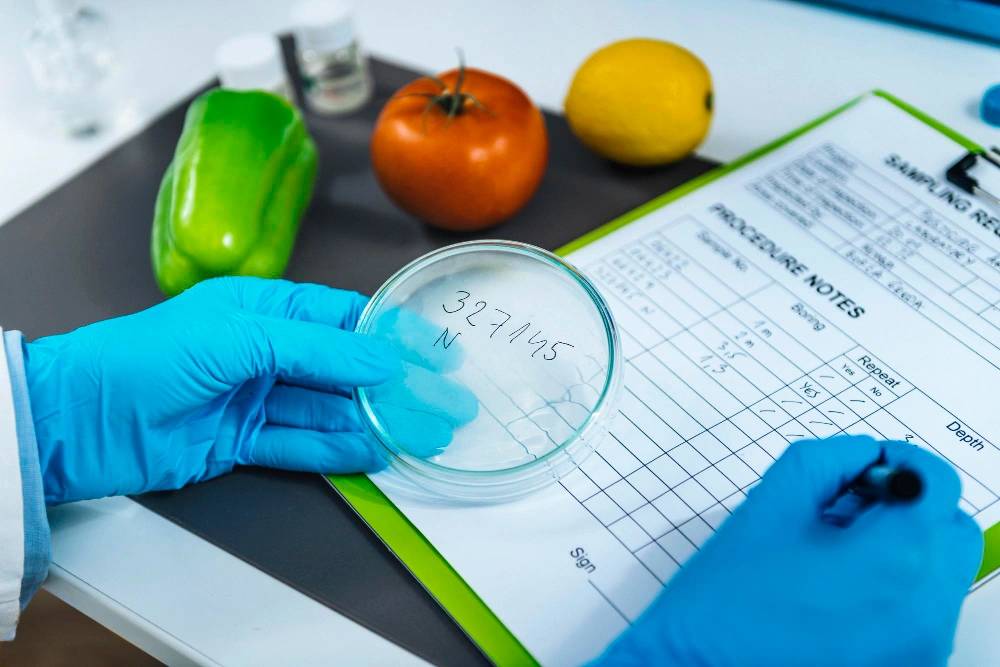
Conclusion : What Does the Future of Sensory Evaluation in the Food Industry Look Like ?
Food Sensory Evaluation is no longer just a tool for measuring taste; it is becoming a shared language between humans and intelligent systems. By combining sensory, physical, and algorithmic data, future technologies will predict and optimize sensory perception with remarkable accuracy.
AI will not replace human perception but will enhance it; transforming classic sensory testing into real-time digital modeling of flavor and perception. The result will be faster decision-making, improved product development and deeper insights into consumer experience.
In this evolution, the future of sensory science is hybrid; where human perception and machine intelligence converge to create a unified understanding of taste, aroma and texture.


